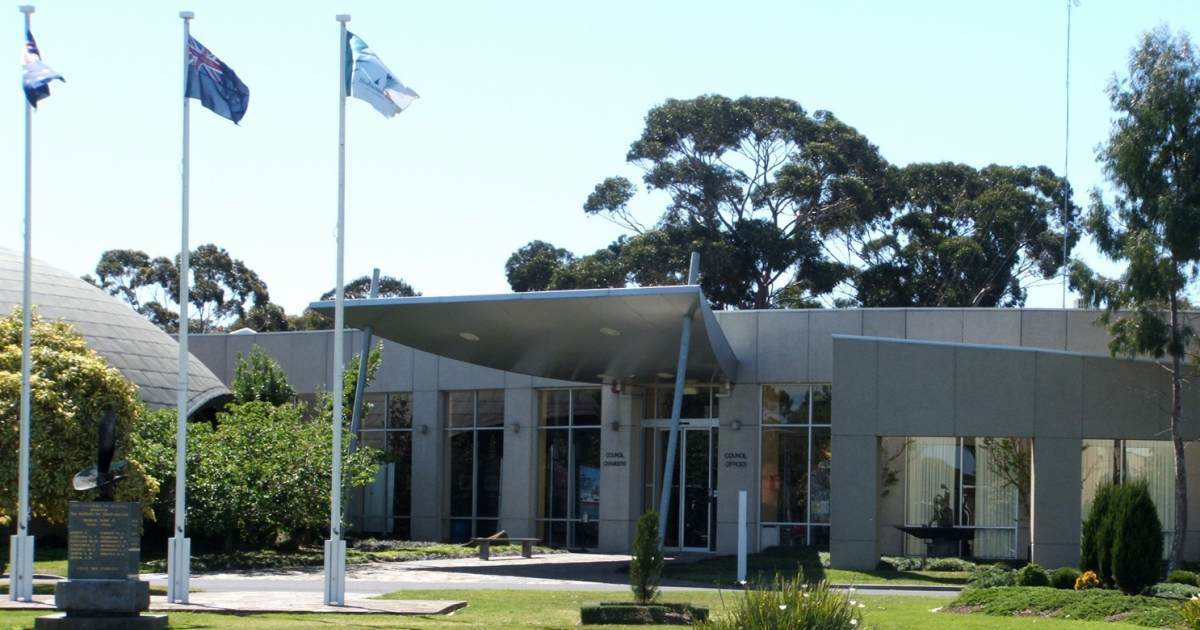
Image: John Shadbolt, CC BY 2.5
Victoria’s Hobsons Bay City Council appears confident it will reach its goal of attaining “carbon neutrality” in terms of its own operations in 2020.
The City of Hobsons Bay is a local government area in Melbourne covering 65 km² that incorporates suburbs including Altona, Williamstown and Newport.
Back in 2008, Council developed a Greenhouse Action Plan (GAP) as a response to community concerns about climate change. That plan committed to reducing corporate emissions from Council’s own operations to net zero by 2020 (Scope 1 and 2 emissions) and also helping residents reduce the municipality’s emissions to net zero by 2030.
Earlier this week Council outlined some of the actions it has been taking to reach the first target:
Solar Power
Council has installed solar panels on four of its buildings:
- Altona Meadows Library and Learning Centre – 55kW
- Altona North Community Library – 50kW
- Laverton Hub – 86kW
- Williamstown Library – 52kW
Collectively these solar power systems will avoid an estimated 393 tonnes of carbon emissions a year.
Electric Vehicles And Charger
In August this year, Council’s new electric vehicle fleet was commissioned into service. It includes three Nissan Leafs, one Renault Zoe and one Renault Kangoo Z.E. van. A 50kW DC fast-charging station at the Altona Civic Centre has also been installed, which will be free for the community to use for a trial period of one year. How the electricity consumed by the charging station is currently sourced or offset isn’t clear.
Renewables PPA
Council recently signed on to the Local Government Power Purchase Agreement (PPA), an initiative whereby Victorian Councils can procure low cost renewable energy from 2020/21.
“Coupled with our energy savings this agreement will see us hit our zero net emissions targets,” said Mayor of Hobsons Bay, Councillor Jonathon Marsden.
Other actions taken include building retrofits, upgrading street lighting to LED and it appears the purchase of offsets may also be involved to reach the target.
Assuming the target for its own operations is attained, Council won’t have much time to rest on its laurels – reducing the emissions of the overall municipality (population ~93,000) to net zero by 2030 will prove a much bigger challenge.
On the solar power side of things, APVI data current as at June indicates approximately 13.5% of dwellings in the LGA have solar panels installed. So, there are still plenty of residential (and no doubt commercial) rooftops in the region that could be harnessed for solar energy production for reducing emissions, while providing those living or businesses below them far lower electricity bills.

 RSS - Posts
RSS - Posts



Speak Your Mind